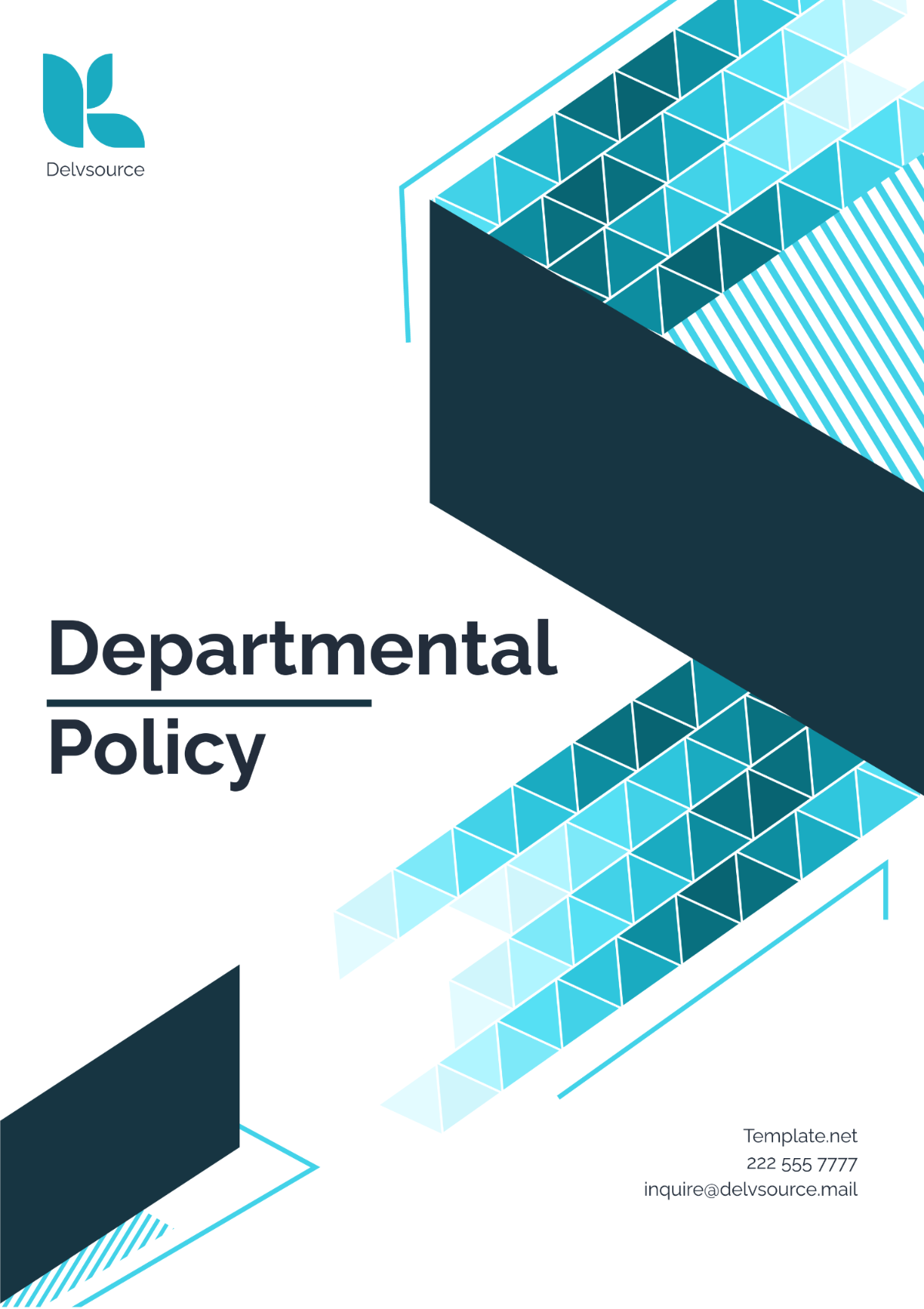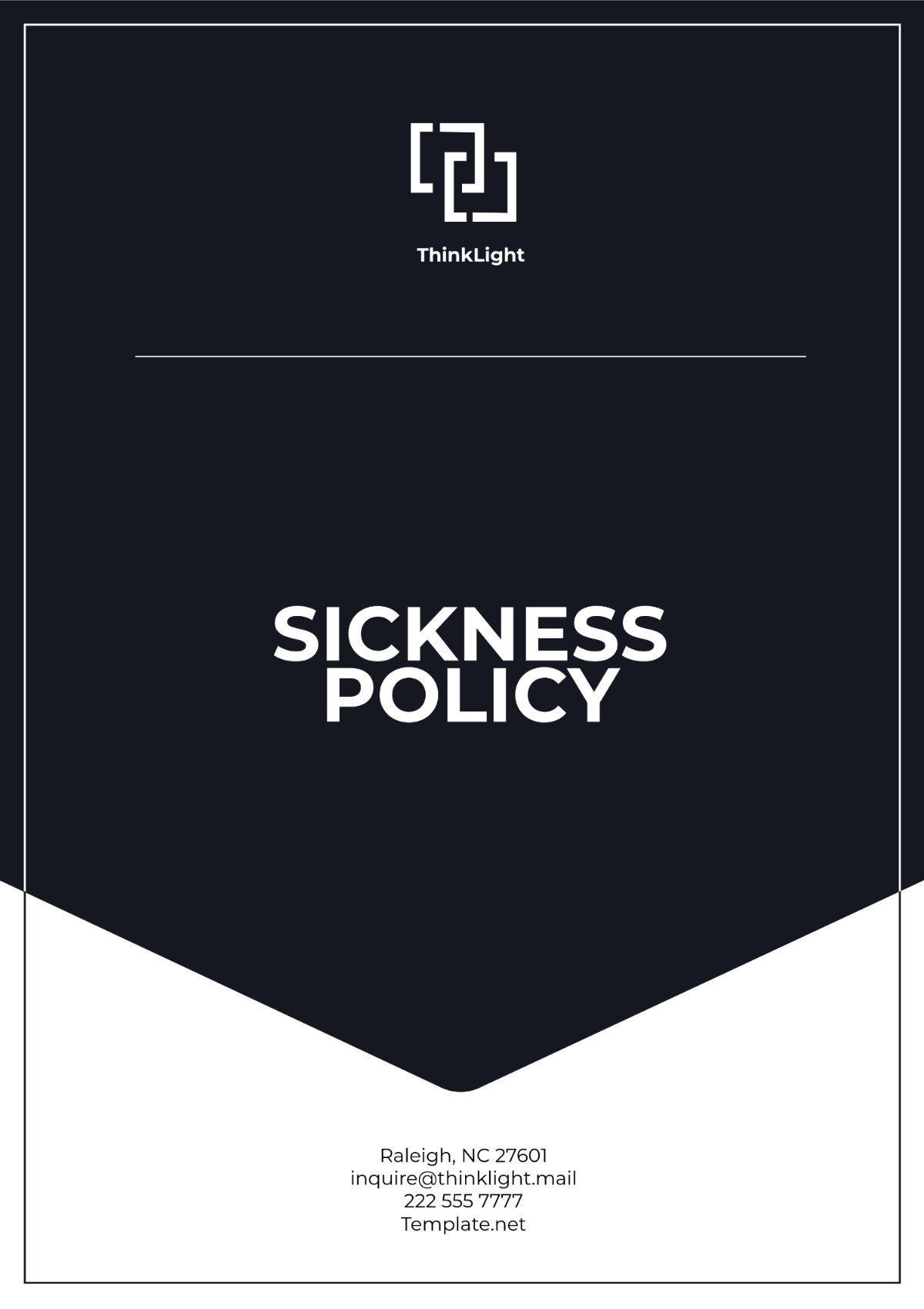Operations Policy
I. Introduction
This policy establishes the framework for the operational and maintenance practices at [Your Company Name]. As a logistics company, maintaining the efficiency, safety, and reliability of equipment and processes is essential for seamless operations and customer satisfaction. This policy outlines the guidelines, procedures, and responsibilities related to operations and the maintenance of assets, equipment, and machinery. By implementing this policy, [Your Company Name] aims to optimize performance, reduce downtime, and ensure a safe work environment.
II. Scope
This policy applies to all operational staff, management, and maintenance personnel involved in the day-to-day activities of [Your Company Name]. It covers all aspects of machinery maintenance, operational procedures, and the safety protocols required to uphold company standards. The scope also includes the frequency of maintenance, the responsibilities assigned to personnel, and guidelines for the use of equipment to prevent damage and hazards.
III. Purpose
The purpose of this policy is to establish consistent procedures for maintaining the integrity of [Your Company Name]'s operations. It aims to ensure that all machinery, vehicles, and equipment remain fully functional through regular maintenance. Furthermore, it provides a structured approach to safety and operational protocols, reducing unexpected downtime, accidents, and operational inefficiencies.
IV. Roles and Responsibilities
Each role plays an integral part in the seamless functioning of [Your Company Name]'s logistics operations, contributing to the overall safety, performance, and longevity of the equipment. Below are the key responsibilities of each position:
Operations Manager
Oversee all daily logistics operations and ensure adherence to this policy.
Review maintenance schedules and approve repairs or replacements as needed.
Ensure operational efficiency by minimizing delays due to machinery breakdowns.
Maintenance Supervisor
Coordinate maintenance tasks and preventive check-ups for all equipment.
Develop and update the maintenance schedule in consultation with the Operations Manager.
Ensure compliance with all safety standards during maintenance activities.
Maintenance Staff
Perform routine maintenance on machinery, equipment, and vehicles.
Respond to urgent repair needs promptly to minimize downtime.
Keep accurate records of maintenance activities and report any issues to the Maintenance Supervisor.
Equipment Operators
Operate machinery and equipment in line with established guidelines and safety protocols.
Report any operational issues or signs of equipment malfunction to the Maintenance Staff.
Maintain cleanliness and perform basic upkeep of machinery before and after use.
V. Maintenance Guidelines
The regular maintenance of machinery, vehicles, and operational equipment is essential to ensuring efficient and safe logistics operations at [Your Company Name]. All maintenance activities should follow the established schedule and be carried out by qualified personnel.
Preventive Maintenance: Scheduled preventive maintenance checks will be conducted every quarter to ensure all equipment is in optimal working condition. Inspections will focus on critical operational machinery, including forklifts, conveyor systems, and company vehicles.
Emergency Repairs: The Maintenance Supervisor will prioritize emergency repairs to minimize the impact on operations. Emergency repairs will take precedence over scheduled preventive maintenance when necessary.
Equipment Lifespan and Replacement: Regular reviews of equipment performance will be conducted to determine whether machinery should be repaired or replaced. The company will allocate resources to replace aging or inefficient equipment in a timely manner to prevent operational delays.
VI. Maintenance Schedule
The table outlines the critical equipment within [Your Company Name]'s operations, along with the corresponding maintenance activities. Preventive maintenance is scheduled regularly to reduce the risk of machinery breakdowns, while emergency repairs and routine checks ensure that equipment remains in top working order. The responsibility for each maintenance activity is assigned clearly to ensure accountability.
Equipment | Maintenance Type | Frequency | Responsible Personnel |
|---|---|---|---|
Forklifts | Preventive Maintenance | Quarterly | Maintenance Staff |
Conveyor Systems | Preventive Maintenance | Monthly | Maintenance Staff |
Delivery Vehicles | Routine Servicing | Every 3 months | External Mechanic |
Warehouse Equipment | Visual Inspection & Repair | Weekly | Equipment Operators |
Backup Generators | Functional Test & Servicing | Bi-Annual | Maintenance Staff |
VII. Operational Efficiency
Operational efficiency is the backbone of any logistics company. At [Your Company Name], our focus is on maximizing productivity while minimizing waste, delays, and costs. Effective management of resources and equipment ensures seamless operations, improves customer satisfaction, and boosts overall performance. This section outlines the key strategies employed to enhance the efficiency of our operations.
Process Optimization Process optimization involves reviewing and improving workflows to ensure that all tasks are completed efficiently, without unnecessary delays. This includes streamlining transportation routes, improving warehouse organization, and implementing technologies that enhance productivity. By continually analyzing operational processes, [Your Company Name] aims to reduce bottlenecks, improve turnaround times, and ensure that our services remain competitive in the logistics industry.
Equipment Utilization Maximizing the use of operational machinery, such as forklifts and conveyor systems, is critical for efficiency. Ensuring that equipment is used to its full capacity, maintained regularly, and shared across multiple teams as needed helps reduce downtime and optimize output. Scheduling equipment use and monitoring performance metrics are essential to avoid overuse or underuse of key assets.
Workforce Efficiency A well-trained and motivated workforce is a vital component of operational efficiency. Continuous staff training programs and clear communication of roles ensure that every employee understands their responsibilities and can perform tasks effectively. Cross-training employees on multiple pieces of equipment further enhances workforce flexibility and reduces delays in operations.
Continuous Improvement Operational efficiency is not a one-time goal but an ongoing process. [Your Company Name] encourages a culture of continuous improvement by regularly assessing operational performance and seeking input from staff. By implementing small, incremental changes over time, we are able to adapt to evolving demands, enhance our capabilities, and stay ahead of industry trends.
VIII. Compliance and Safety Standards
Compliance with legal regulations and maintaining safety standards is essential for the protection of both employees and the company’s assets. [Your Company Name] is committed to upholding the highest standards of safety, ensuring that all operations comply with local, national, and industry regulations. This section details the procedures and protocols in place to ensure that our company operates in a safe and compliant manner.
Safety Protocols Safety is a priority at [Your Company Name]. All employees must undergo comprehensive safety training before using any equipment or engaging in operational activities. Regular safety drills, hazard identification, and emergency response protocols are part of our commitment to creating a safe work environment.
Equipment Handling and Operation Proper handling of equipment is critical to both safety and operational efficiency. All machinery operators must follow the manufacturer’s operating guidelines, ensuring that equipment is used safely and correctly. Unauthorized modifications to equipment are strictly prohibited, as they can compromise safety and lead to equipment failure.
Compliance with Industry Standards [Your Company Name] strictly adheres to all legal requirements and industry-specific regulations, including those set forth by occupational safety and health agencies. All maintenance and operational activities are carried out in compliance with these standards to avoid any legal liabilities and ensure a safe working environment.
Emergency Response and Incident Reporting In the event of an emergency, [Your Company Name] has established a comprehensive incident response plan. All employees must be familiar with the emergency procedures, including the location of safety equipment, first-aid stations, and evacuation routes. In case of an equipment failure or safety incident, staff are required to report the issue immediately to the Maintenance Supervisor and Operations Manager.
IX. Review and Updates
The Operations and Maintenance Policy will be reviewed annually to ensure it aligns with the evolving needs of [Your Company Name]. The implementation of this Operations and Maintenance Policy will ensure that [Your Company Name] maintains its equipment and processes efficiently, minimizing downtime and optimizing productivity. By adhering to this policy, the company will uphold its commitment to operational excellence, employee safety, and customer satisfaction.

















































